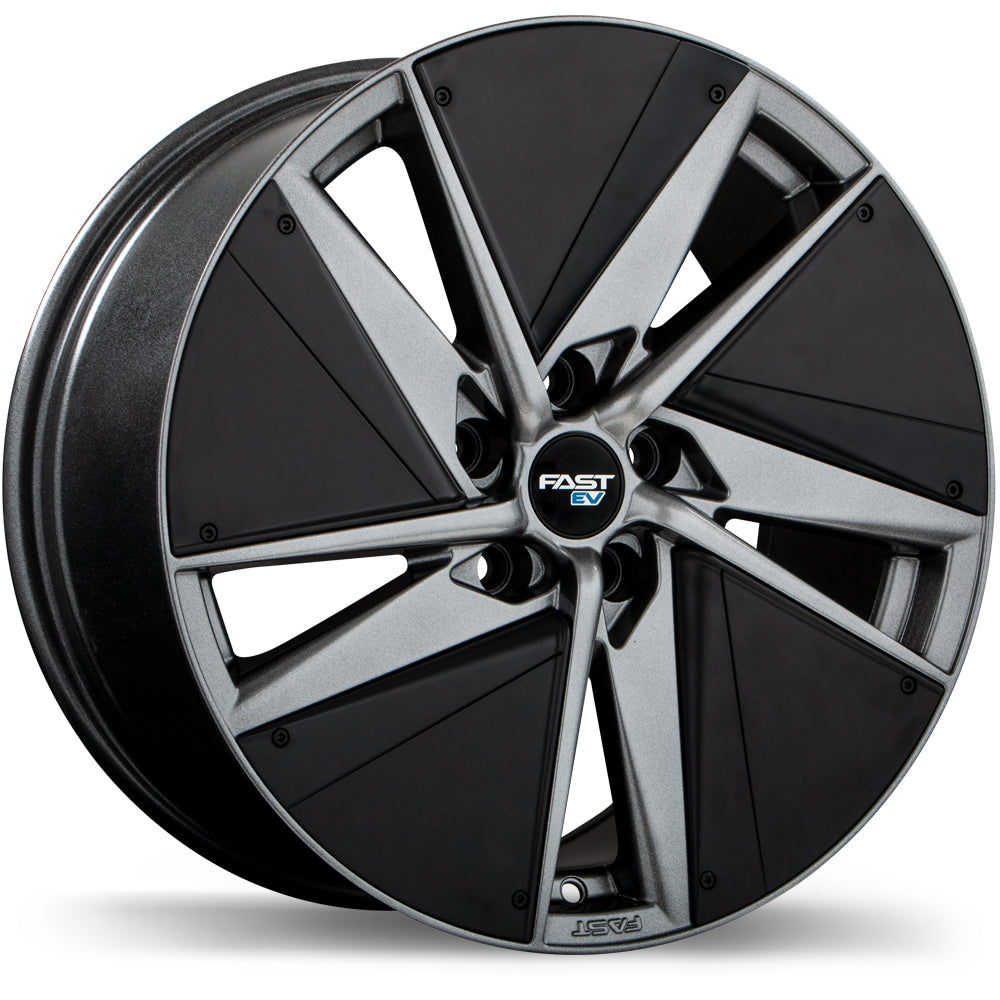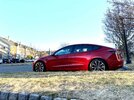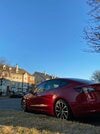Yes, tire is more aero than wheel, but you can get 19" wheels that are aero shaped so that doesn't matter.
That's fair. In my case I'm not interested in fully covered aero wheels, I have conflicting priorities and preferences, so
for me going 18" probably does optimize aerodynamic efficiency (as well as cost, wheel protection, and ride quality).
If someone's top priority is high speed aero efficiency, I agree that intuitively aero wheels should equal tire sidewall in that regard, and then the wheel size decision would come down to whether the person cares about stop/start efficiency vs bigger wheel aesthetics.
The weight can affect city range but will have no measurable impact on highway range (where you are no accelerating that mass).
That makes sense to me. These days I'm most range/efficiency conscious on rural back roads where there's little-to-no supercharger/DCFC coverage. Lots of slowing down and speeding up on those twisty roads, so I'm guessing my observed efficiency gains (on the drives where I care to pay attention to efficiency) were more from the weight reduction than aero changes.
Once upon a time I was very efficiency conscious on highways, but Tesla has good supercharger coverage along them now, on highway trips I just drive how I want now and stop when I need, it's no longer worth eeking out that little bit of extra range. Plus the M3P is just overall more efficient and longer range than our old S, especially in the cold where it was the biggest issue before (thanks to the heat pump).
Seriously I love how efficient our M3P is, because I
don't have to sweat over its efficiency!

That is an EV luxury to me. That and the truly fast supercharging make this car a world apart for range anxiety from our chargegated old S P85.
But the main thing for people to understand is that 90% of the range difference with "wheel" combos is actually the tire choice. The less energy it takes to deform the tire, the more range you get, and differences are large in comparison so wheel aero or wheel mass. Of course, in the 20" sizes there are very few low rolling resistance tires available, so that is an issue!
I think that's because dubs don't really make sense for absolute maximum efficiency, even if they're aero, so the market for highly efficient 20" tires is probably very small.





